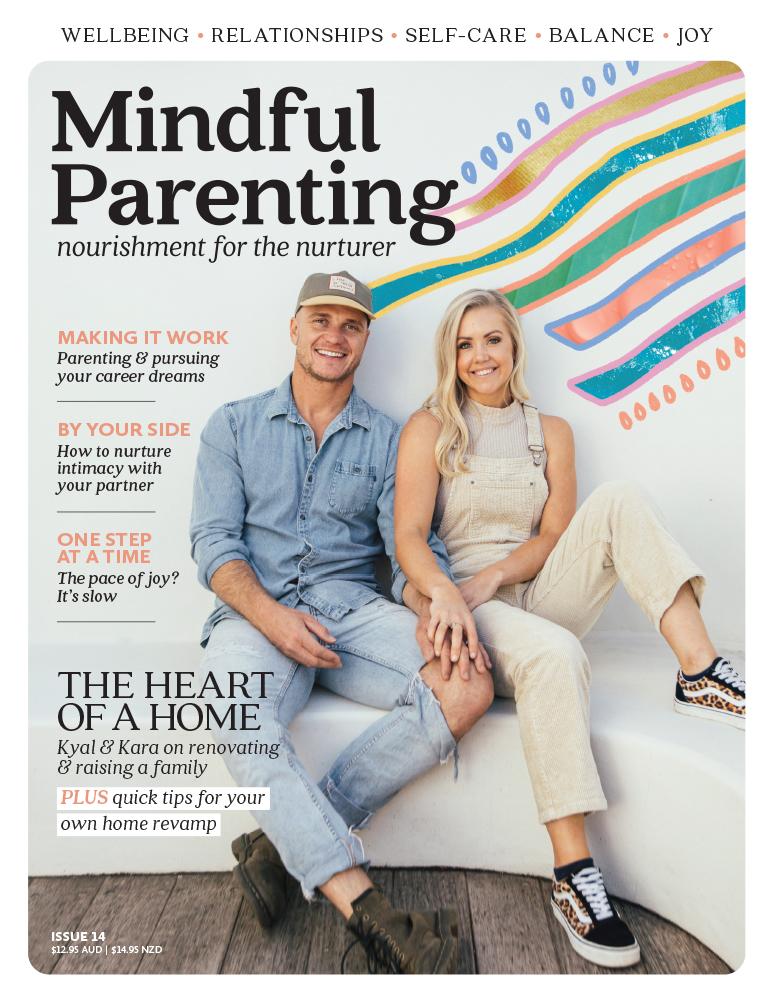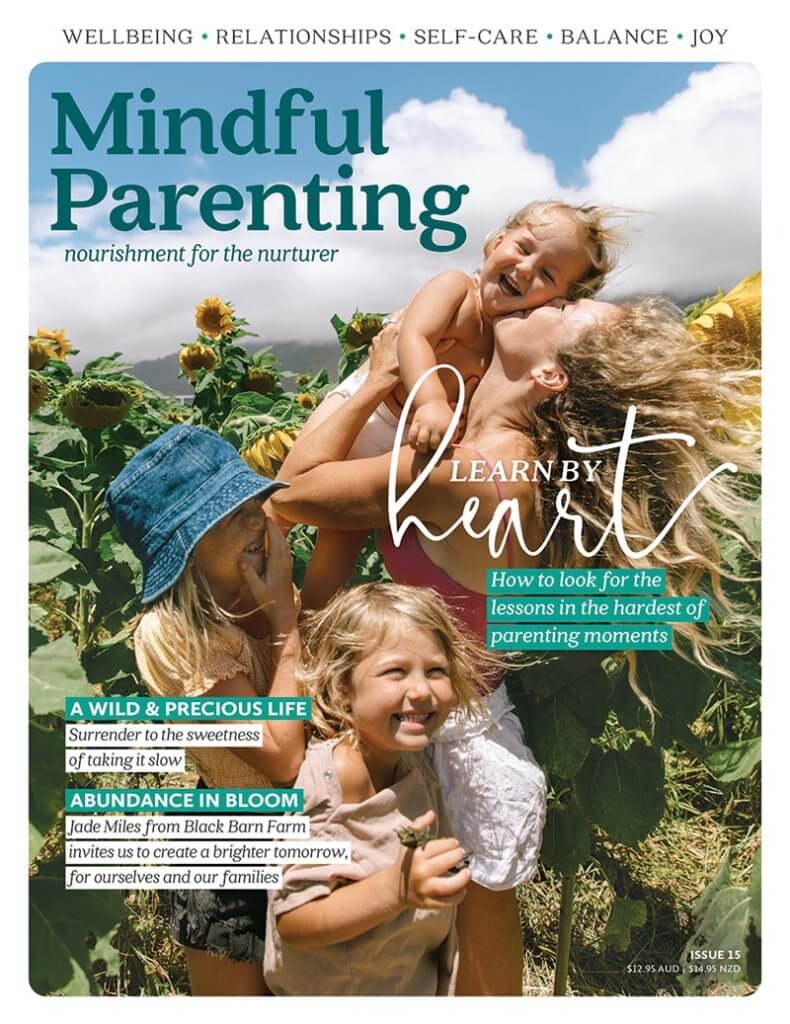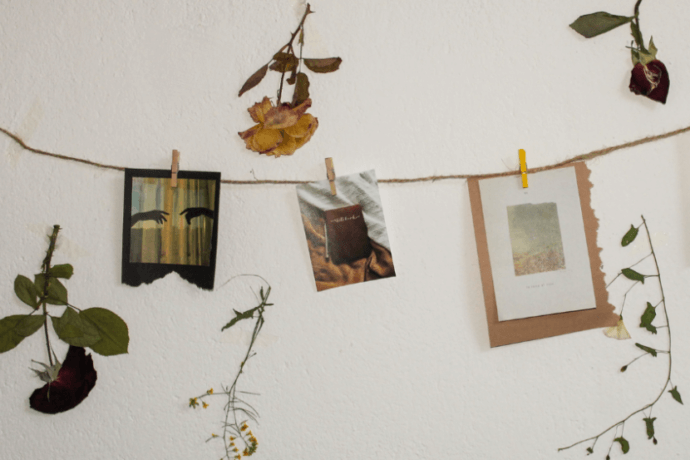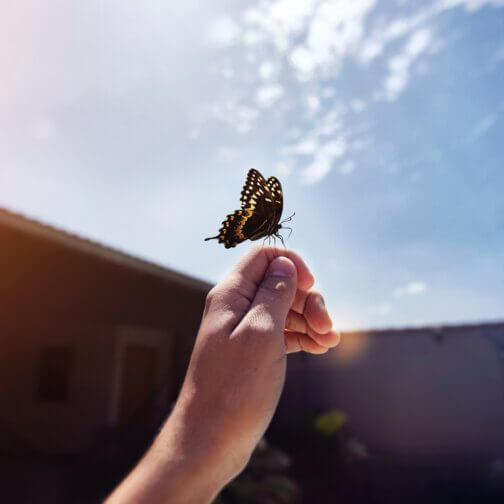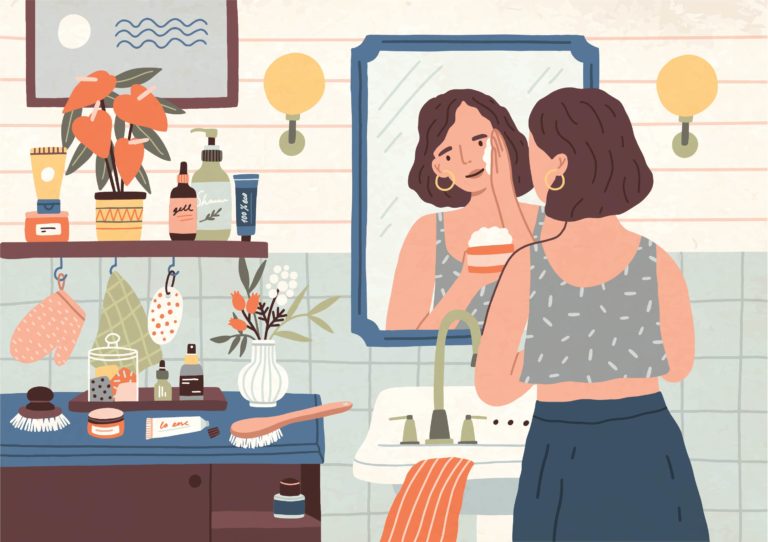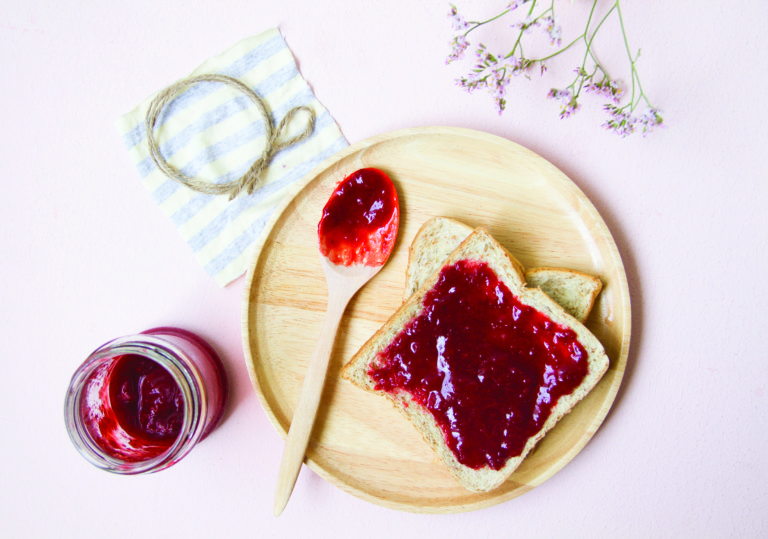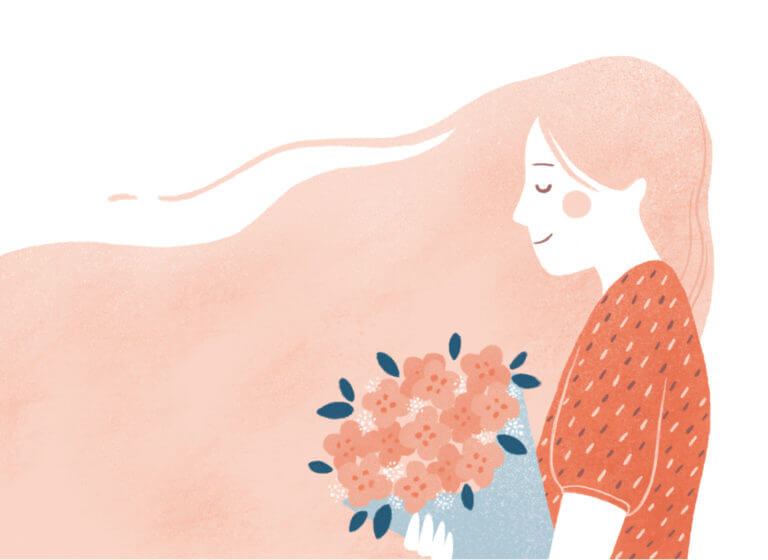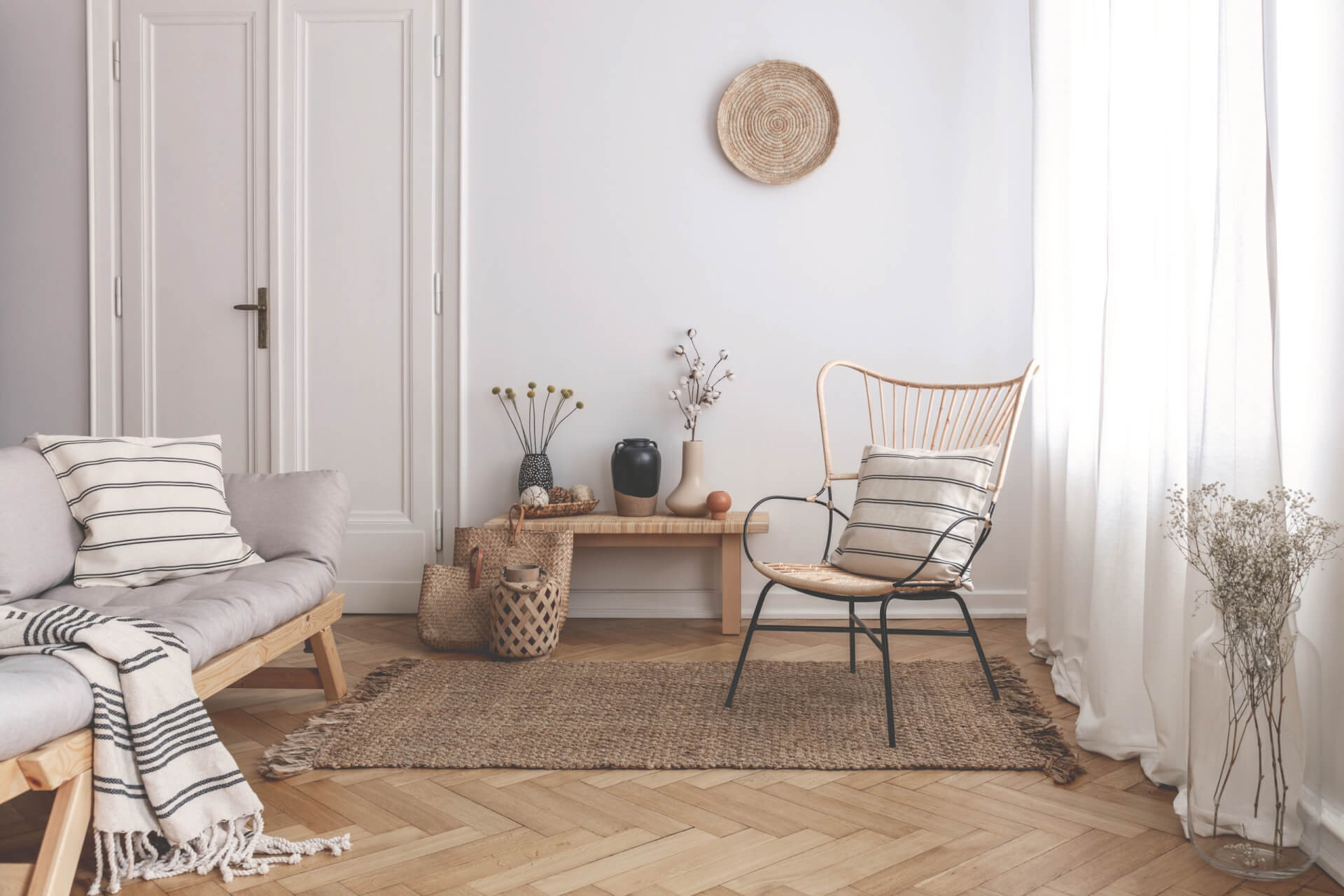
Collecting shoes, holding on to decades-old bridesmaid garb, or feeling like it’s the end of the world when we leave our phones at home. Why are we so attached to our possessions?
Does the size or the amount of our belongings communicate our success? Do the keepsakes we hold on to keep us closer to memories? Do our smartphones solve all our problems?
WHY WE DEVELOP ATTACHMENTS
In our current culture and society, social conditioning tells us that we should have more. The more – and greater – our possessions, the more successful we will be; this drives our internal comparison game. ‘Winning’ the possessions game stimulates those feel-good feelings – feeding our egos – and so the cycle continues.
The Dalai Lama says: ‘‘We have a largely materialistic lifestyle characterised by a materialistic culture. However, this only provides us with temporary, sensory satisfaction, whereas long-term satisfaction is based not on the senses but on the mind. That’s where real tranquillity is to be found. And peace of mind turns out to be a significant factor in our physical health too.”
We develop attachments to material possessions because of the sense of comfort and familiarity they provide, but as the Dalai Lama says, that sense of comfort is often fleeting. We then hang on to those possessions in fear of needing them someday, but then someday never comes, and we’ve cluttered our homes with things that no longer bring us comfort and only serve to fuel stress and anxiety.
Our phones are a perfect example of temporary satisfaction. Nomophobia: Is the Fear of Being without a Smartphone Associated with Problematic Use?, a study conducted by Monash University and published in the International Journal of Environmental Research and Public Health, found that 99.2 percent of those surveyed have a fear of being without their phone. This addiction to technology comes at a huge cost: missing out on the now. Think about the more meaningful things we could be doing instead of scrolling through our phones – deepening connections with our children, our partner, our family and friends; moments and memories that will last a lifetime.
An old sports jersey collecting dust in your wardrobe? Ticket stubs and cinema tickets? We also feel comfort from hanging on to objects that we associate with memories. We become sentimental about these objects, but it’s worth exploring whether it’s the item that holds significance, or the memory in and of itself. Etched into our hippocampus, we in fact don’t need an item in order to recall the memory – memories live inside us. Before culling photo albums and baby clothes, though, consider that some sentimental items are worth hanging on to, so be selective. Ask yourself: is the object something you look at every day? Is it sitting in a storage closet somewhere? Too many of those items are not memories, they are merely clutter.
Author of Zen Habits, Leo Babuta says, ‘‘Clutter is a manifestation of a) holding on to the past, and b) fear of what might happen in the future. Letting go of clutter is a way to live more mindfully and in the present. The act of decluttering can be a mindfulness practice.” Being aware of this when learning to let go of attachments and embracing a minimalist lifestyle will help get rid of the clutter and allow you to be more invested in the now.
WHAT ATTACHMENTS DO TO US
Sometimes our attachments are more than the possession itself – we see them as an integral ingredient to a specific outcome. Maybe you wanted to be at a particular place in your career by a specific date, and you accumulated possessions in order to help you succeed in that goal. The trappings – clothes, shoes, exercise equipment, for example – can sit in your home, reminding you that that goal is how you defined success at one point, even if it’s no longer a relevant path for you. By letting go of that goal’s physical manifestations, it is easier to find peace with an outcome that didn’t eventuate, and perhaps is no longer relevant to who you are today. You can sit back and realise that, for who you are now, success is spending time with family, writing a chapter in your book, or getting out in nature as a self-care practice.
RELEASING ATTACHMENTS
You don’t have to let go of everything at once – nor should you. Part of living mindfully is giving thought to everything. Pick one room or one area at a time – maybe it’s your study, closet, or a storage area. Spend some time reflecting on the items there. Why did you bring them into your life, and why are you keeping them? If they are associated with memories, can you access the memory without the possession? If you have an item intended for a specific outcome – the treadmill you bought with the intent to walk every day, or the violin you bought because you thought you needed to be a musical virtuoso – is that goal still relevant? Is the possession bringing stress or guilt instead? Is it part of who you are now? Can you walk outdoors in the fresh air? Do you have time or the desire to play an instrument? Replace the attachments with real connections – to others and your true self.
WHAT IF WE JUST LET GO?
When we let go of attachments, we can focus on our lives and the people around us. We become more mindful and connected, and more appreciative of experiences and relationships. We become able to live in the now and enjoy our connections instead of our attachments.
Words by Marnie Prowse
